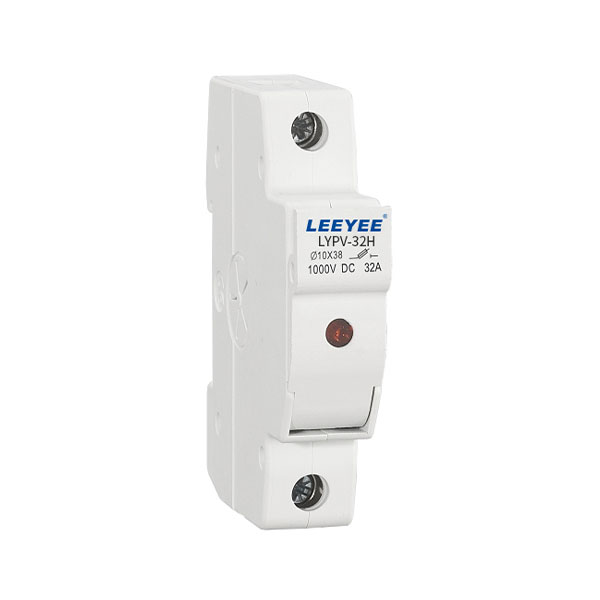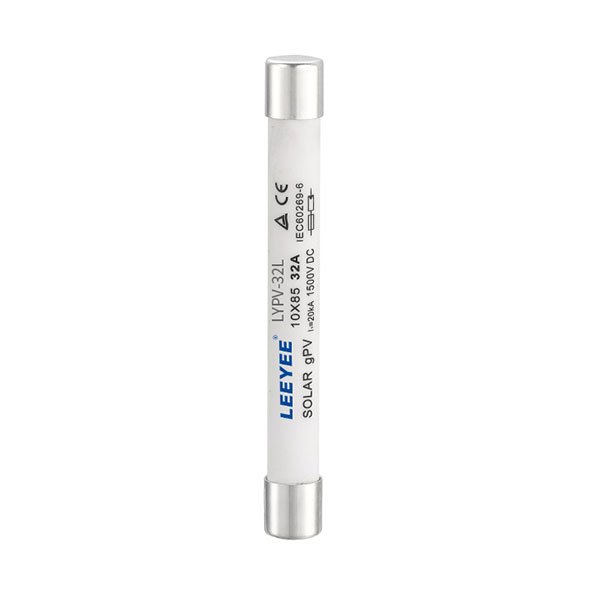Table of Contents
6.1 Selection Criteria for Fuses in Different Environments
When selecting fuses, the ability to adapt to different environments is crucial. For instance, in high-temperature environments, the materials and design of the fuse must be able to withstand extreme temperatures without compromising performance. According to ASTM standards, fuses should remain stable within a temperature range of 125°C to 150°C to ensure safe operation in industrial furnaces or high-temperature processing equipment.
In humid environments, fuses must possess excellent sealing properties to prevent moisture ingress, avoiding short circuits or corrosion. In marine or chemical environments, fuses should be made from corrosion-resistant alloys or coatings to extend their service life. Proper fuse selection is essential not only for circuit protection but also for the overall stability and safety of the system. Ensuring safety should always be the top priority in fuse selection to avoid potential circuit failures.
6.2 Special Requirements for Fuses in Specific Application Areas
In industries such as aerospace or medical devices, the selection of fuses becomes particularly important because circuit safety directly affects personnel safety and equipment reliability. For example, fuses used in aerospace applications must withstand extreme temperature variations and strong vibrations while maintaining high reliability and fast response times. NASA statistics indicate that fuse failures are a common cause of spacecraft mission failures.
When choosing fuses, it is important to consider not only their current and voltage ratings but also their performance under extreme conditions. Fuses made with high melting point materials ensure stability in high-temperature environments, preventing premature melting. Additionally, the size and installation method of fuses must comply with specific aerospace standards to ensure safe installation in confined spaces. In medical devices, the sensitivity of fuses to low currents is crucial to protect patients from electric shocks. Selecting fuses with precise interruption characteristics ensures immediate disconnection of the circuit when the current exceeds safe thresholds, thereby guaranteeing the safe operation of medical equipment.
VII. Maintenance and Replacement of Fuses
7.1 Inspection and Maintenance Cycles for Fuses
To ensure circuit safety through proper fuse selection, inspection and maintenance cycles are critical. The inspection cycle for fuses should be determined based on their significance in the circuit, working environment, and manufacturer recommendations. In industrial settings, where current fluctuations are common, fuses may require more frequent inspections to ensure they can reliably disconnect the current at crucial moments.
According to IEC standards, it is recommended to inspect fuses every six months to a year, but this can be adjusted based on actual usage conditions. In highly polluted or corrosive environments, the inspection cycle may need to be shortened to every three months to prevent performance degradation.
The maintenance cycle is equally important, involving the replacement and cleaning of fuses. After multiple operations, internal components of the fuse may incur slight damage, impacting performance even if the fuse has not completely blown. Therefore, based on the frequency of fuse usage and historical records, thorough inspections and necessary replacements may be set for every 2 to 5 years. In critical applications such as medical devices or aerospace electronics, stricter maintenance cycles may be required to ensure reliability at crucial moments.
7.2 Proper Steps and Precautions for Replacing Fuses
Following correct procedures and precautions during fuse replacement is vital for both operator safety and circuit stability. First, always ensure that the power supply is disconnected before replacement, adhering to fundamental safety principles. According to NEC guidelines, after disconnecting power, wait at least five minutes to allow capacitors in the circuit to discharge completely, thereby reducing the risk of accidental electric shock.
When selecting a new fuse, strictly adhere to the original fuse’s rated current and voltage parameters to maintain normal circuit operation. For instance, if the original fuse has a rated current of 10 amperes, the replacement fuse should also be rated at 10 amperes to avoid overloading or underloading.
When installing the new fuse, ensure good contact with the fuse holder to prevent overheating or failure. The size of the fuse must fit the fuse holder correctly; using improperly sized fuses could lead to installation issues and affect normal operation. In special applications like high-temperature or humid environments, it may be necessary to select fuses with specific protective features for optimal performance.
After replacing the fuse, conduct checks to ensure proper installation and functionality, including verifying that the fuse is securely installed and checking for damage or corrosion on the fuse holder. In some cases, specialized testing equipment may be needed to verify the continuity and insulation performance of the fuse holder.
Finally, document the replacement date and specifications for future maintenance and troubleshooting. Keeping detailed maintenance records helps track the lifespan of the fuse and provides essential data for long-term circuit system maintenance. By following these steps and precautions, you can ensure the correct replacement of fuses, thereby guaranteeing the safe and stable operation of the circuit system.
VIII. Common Misconceptions in Fuse Selection
8.1 Common Mistakes to Avoid When Choosing Fuses
One prevalent misconception in fuse selection is focusing excessively on cost while overlooking the rated parameters of the fuse. Choosing a fuse with a rated current lower than actual circuit requirements may lead to frequent blowing, adversely affecting circuit stability and equipment operation. According to IEEE standards, the rated current of a fuse should be at least 1.25 times the maximum operating current to avoid blowing under normal conditions.
Additionally, selecting a fuse with a voltage rating lower than the circuit’s operating voltage may prevent proper operation during voltage peaks, potentially causing safety incidents. Correctly selecting the rated parameters of fuses is crucial for ensuring circuit safety.
Another common mistake is neglecting the protective characteristics of fuses, especially the distinction between fast-acting and delayed fuses. Fast-acting fuses protect against short-circuit currents, while delayed fuses prevent failures from overload currents. For instance, during motor startups, the starting current may significantly exceed normal operating current; using a fast-acting fuse could result in unnecessary tripping. Conversely, using a delayed fuse in a circuit requiring quick response may fail to disconnect the fault current promptly, causing greater damage. Therefore, choosing the appropriate protective characteristics based on circuit specifics is vital to avoiding misconceptions in fuse selection.
Environmental factors are also often overlooked in fuse selection. For example, in high-temperature or humid environments, fuse performance may be affected, leading to changes in interruption characteristics. According to NEMA standards, rated currents should be appropriately reduced in high-temperature environments to prevent premature melting. Hence, considering the applicability of fuses in specific environments is essential to ensure reliable operation. Ignoring environmental factors diminishes the protective effectiveness of fuses and poses potential threats to circuit safety.
8.2 The Impact of Misconceptions in Fuse Selection on Circuit Safety
Fuses are crucial in circuit protection, and the accuracy of their selection significantly impacts circuit safety and stability. However, due to a lack of professional knowledge or misunderstandings about fuse characteristics, some engineers and maintenance personnel often fall into misconceptions during fuse selection. For instance, selecting a fuse with an excessively high rated current may prevent timely disconnection during overloads, potentially resulting in fires or equipment damage. NFPA data indicates that electrical faults are a leading cause of fires, with improper fuse selection being a common issue in electrical failures.
Additionally, selecting a fuse with a voltage rating that is too low may lead to unnecessary downtime and financial losses due to unexpected blowing under normal operating conditions. Correctly selecting fuses and avoiding these misconceptions is vital for ensuring circuit safety and preventing potential electrical accidents.
Summary
Understanding the requirements for fuses in different environments and applications is crucial for their selection and maintenance. Proper fuse selection not only impacts circuit safety but also has profound effects on equipment reliability and stability. This article discusses the selection criteria for fuses in high-temperature, humid, and specialized applications, emphasizing the importance of regular inspection and maintenance, as well as the steps and precautions to follow when replacing fuses. Additionally, we highlight common misconceptions in fuse selection and their impact on circuit safety. By avoiding these misunderstandings and ensuring the correct selection and use of fuses, the risk of electrical faults can be significantly reduced, ensuring the safe operation of equipment.


